The Library of Consciousness
of Consciousness
Science and Ethics (1928)
A Few Conclusions About Life
In his signature wide-ranging style, McKenna explores culture, shamanism, psychedelics, and humanity's collective journey through spacetime. He advocates embracing the ineffable mystery unfolding through us, moving toward a hyperspatial cyberculture. To rediscover our shared humanity, we must trust the transformative wisdom of psychedelic plants.
A Psychedelic Point of View
Buck the status quo! Rebel philosopher Terence McKenna shook things up in this closing speech after a month of being scholar-in-residence at Esalen, arguing that reality escapes our rational grasp. He chided science and philosophy's paltry models that diminish nature's infinitude. Seeking to spur his audience from passive acceptance, McKenna called to revere expanded consciousness. He urged toppling the assumptions bolstering dominator culture to midwife more liberated, psychedelically-attuned societies. By trusting our intuition's cosmic tether, we can transform reality into something stranger and more wonderful than we suppose.
Dynamics of Hyperspace
Abraham and McKenna explore the limitations of traditional maps of consciousness, like those of Freud and Jung, in understanding psychedelic experiences. They propose that psychedelics offer access to a hyperspace beyond the human dimension, requiring new languages and metaphors to map and share these experiences. They discuss the role of consciousness evolution, potential guidance from higher intelligence, and the challenges and opportunities presented by technology and social structures in navigating this uncharted territory.
Having Archaic and Eating it Too
Feeding back to the psychedelic community of Los Angeles, Terence McKenna delivers colorful and astounding visual transformations. He weaves a galactic tapestry of art-tickled articulations of the history and future of psychedelic alchemy, the government/culture clash, and the surging general ordering of chaos from UFOs to archaic shamanism. This recording will amuse anyone interested in subjects ranging from eco-tourism to techno-junkies.
History Ends in Green
The coming together of dream, film, and psychedelics in the twentieth century set the stage for the archaic revival. McKenna gives us a look through the window of our potential as humans. He helps put the hysteria of our time into perspective and gives a path that could help us to deal with this strange and wonderful world we live in. A must-listen seminar for those interested in human potential.
Life and the Planets
Pierre Teilhard de Chardin explores the concept of complexification in the universe, focusing on the ever-increasing combination of smaller elements into larger structures, and then extrapolates this behavior to humanity's current situation. What if the human species is an intermediary evolutionary stage, and what would the next rung on the ladder look like? Teilhard suggests that it will involve the merging-together of all humanity into a divine, planetized consciousness.
Man's Place in the Universe
In this unusually personal essay, Teilhard speaks almost across the table, inviting us to rethink our cosmic standing. He shows how humanity, once dwarfed by vast space and tiny particles, regains significance through a third dimension of reality: complexity. As matter organizes itself into ever-deeper centers, consciousness rises—and in us, becomes self-aware. Humanity is not a cosmic accident, he suggests, but the universe awakening to itself and preparing its next leap.
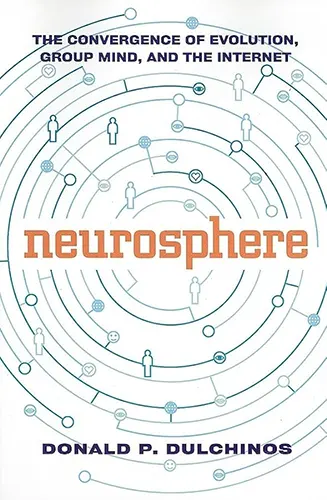
Neurosphere
According to Donald Dulchinos, the real action on the Internet isn’t in the realm of commerce. It is, plain and simple, in the realm of religion. But not exactly that old-time religion. This book is about the spiritual impact of our increasing ability to communicate quickly and with enhanced evolution. It's about our search for meaning, our hunger for a glimpse at humanity's future development in which, frighteningly or excitingly, the trend is clearly toward increasing integration of telecommunications and information technology with the body itself. Electronic prosthetics, direct neural implants, and the brain's control of electronic and mechanical limbs move the boundary that used to exist between human and machine to some undefined frontier inside our bodies, our brains, and, perhaps, our minds.
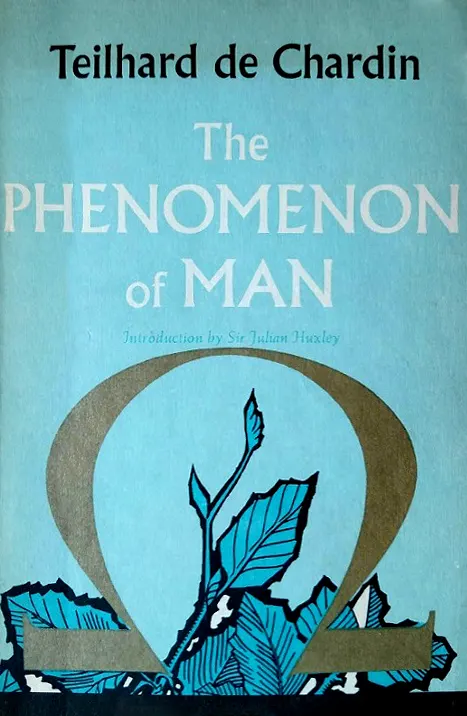
The Phenomenon of Man
Visionary theologian and evolutionary theorist Pierre Teilhard de Chardin applied his whole life, his tremendous intellect, and his great spiritual faith to building a philosophy that would reconcile religion with the scientific theory of evolution. In this timeless book (originally titled “The Human Phenomenon” in French), Teilhard argues that just as living organisms sprung from inorganic matter and evolved into ever more complex thinking beings, humans are evolving toward an “omega point”—defined by Teilhard as a convergence with the Divine.
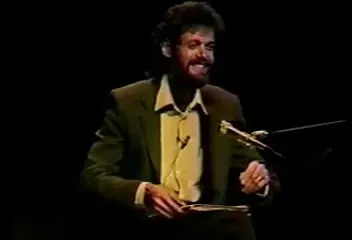
The Psychedelic Society
One of Terence's early presentations at Esalen—shocking, astounding, and amusing his audience with outlandish ideas.
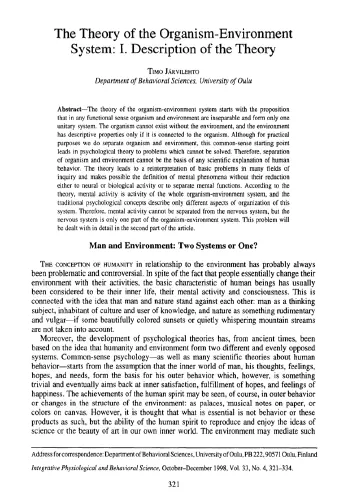
The Theory of the Organism-Environment System
In any functional sense, organism and environment are inseparable and form only one unitary system. The organism cannot exist without the environment, and the environment has descriptive properties only if it is connected to the organism. Separation of organism and environment cannot be the basis of any scientific explanation of human behavior. The theory leads to a reinterpretation of basic problems in many fields of inquiry and makes possible the definition of mental phenomena without their reduction either to neural or biological activity or to separate mental functions. According to the theory, mental activity is activity of the whole organism-environment system, and the traditional psychological concepts describe only different aspects of organization of this system.
The Ultimate Unity for Thought is the Society of Minds
This lofty philosophical treatise passionately argues that the pinnacle of thought and being is a divine society of free spirits in fellowship, whose joyful self-realization through mutual service and growth comprises the final purpose of all creation. Our supreme hope is participation in this Community of Minds.
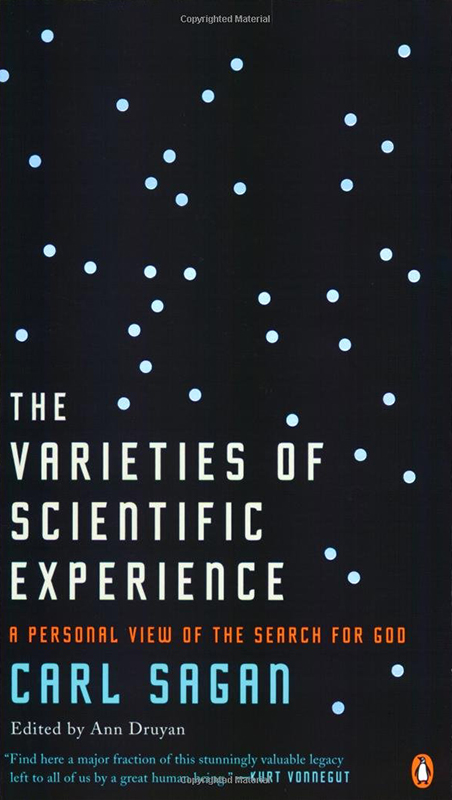
The Varieties of Scientific Experience
Carl Sagan's prescient exploration of the relationship between religion and science, and his personal search for God.
Towards the Unknown
McKenna doth insist mushrooms assist Our minds to resist what we thought we had missed. Beyond normal ken, psychedelics send Our thoughts to transcend, our culture to mend. Though seen as a vice by the mainstream to chide These compounds provide portals to sights inside That propel our race to a posthuman place By opening space for our minds to embrace.
Walking Out of the Ordinary
Journey with Terence McKenna into the mystical depths of the psychedelic experience, where alien dimensions beckon and unseen vistas await. McKenna describes fantastical realms beyond ordinary conceptions of reality—worlds that hold promise for expanding human consciousness. He argues persuasively that plant medicines like psilocybin can serve as a key not only to self-knowledge, but to rediscovering our cosmic belonging. McKenna's uncanny ability to articulate the ineffable allows him to initiate audiences into the revelatory power of psychedelic states. Join him on this quest, and you too may glimpse the infinities within.
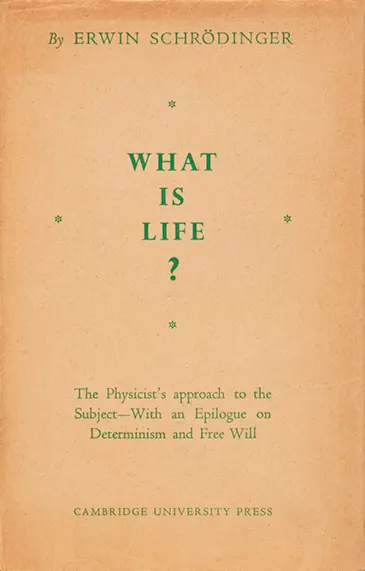
What Is Life?
This book was based on a course of public lectures delivered by Schrödinger in February 1943, under the auspices of the Dublin Institute for Advanced Studies at Trinity College, Dublin. The lectures attracted an audience of about 400, who were warned "that the subject-matter was a difficult one and that the lectures could not be termed popular, even though the physicist’s most dreaded weapon, mathematical deduction, would hardly be utilized." Schrödinger's lecture focused on one important question: How can the events in space and time—which take place within the spatial boundary of a living organism—be accounted for by physics and chemistry?